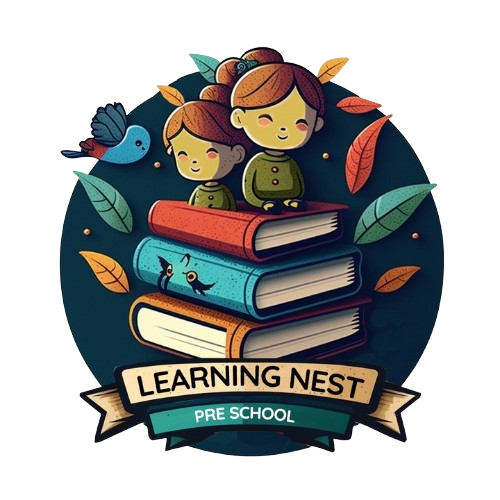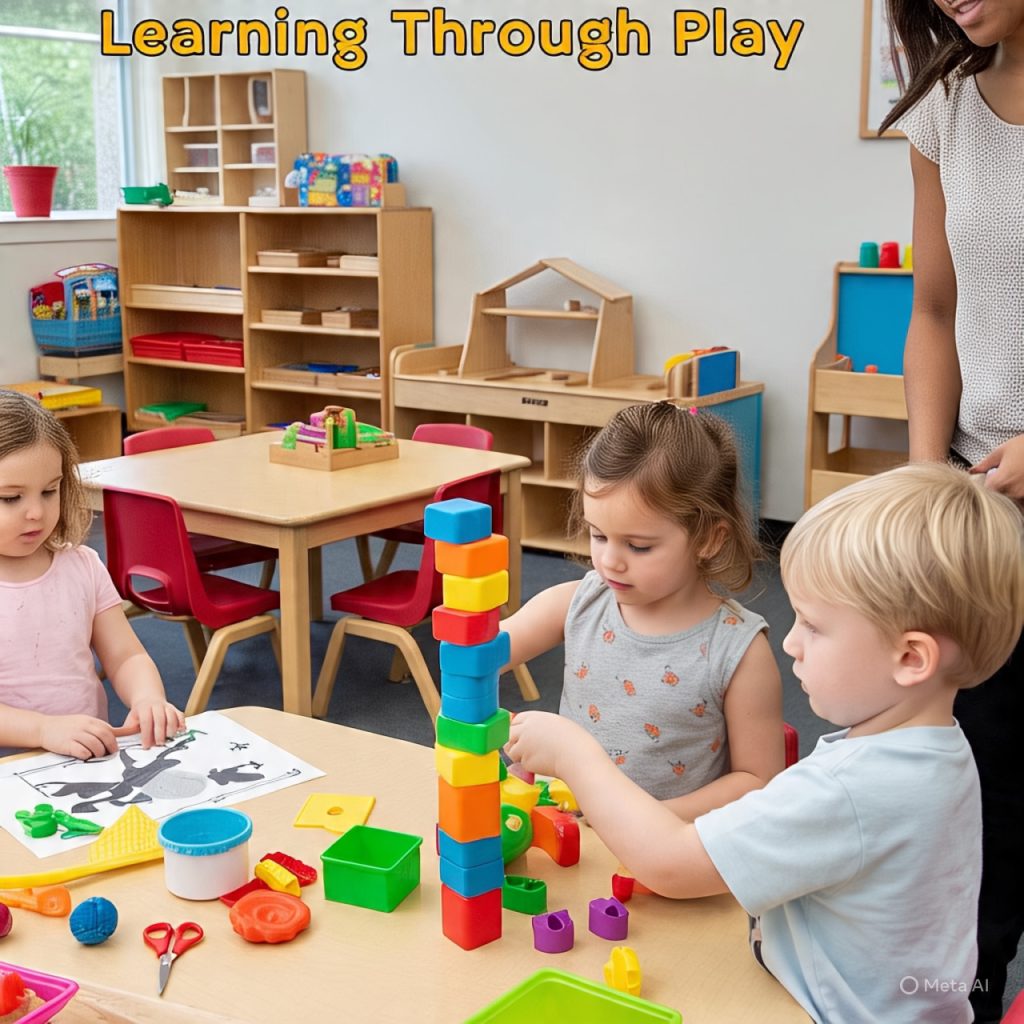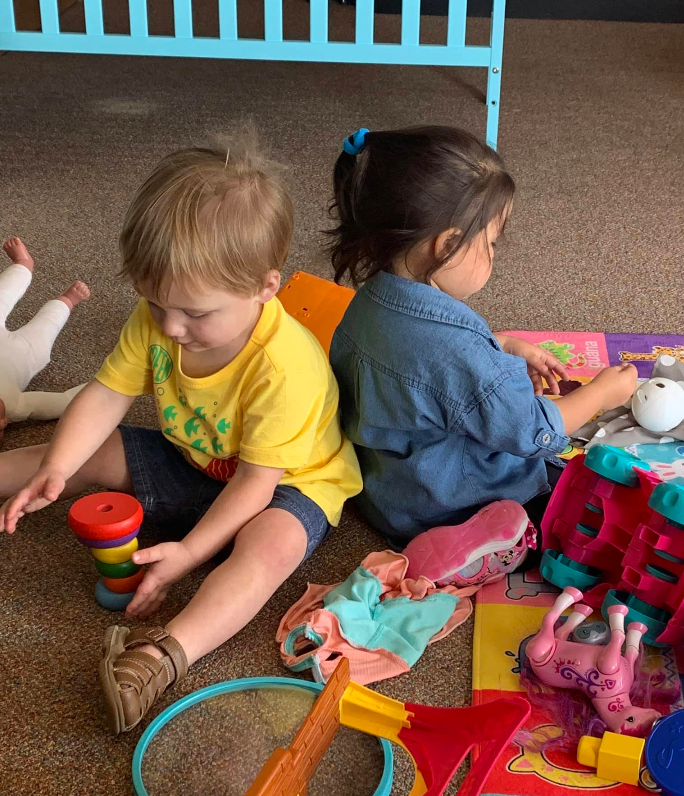Introduction
STEM—Science, Technology, Engineering, and Math—might sound advanced for preschoolers, but at Learning Nest Preschool & Day Care, we believe it’s never too early to spark curiosity. For young children, STEM is less about memorizing facts and more about exploring, questioning, and experimenting. Through hands-on play, preschoolers develop critical thinking and problem-solving skills that will support them for a lifetime.
1. Science Through Simple Exploration
Science begins with curiosity. Preschoolers naturally ask questions like “Why is the sky blue?” or “What happens if I mix these colors?”. By encouraging experiments—such as planting seeds, watching ice melt, or exploring magnets—children learn to observe, predict, and draw conclusions, the core of scientific thinking.
2. Technology as a Tool for Learning
For preschoolers, technology isn’t just screens. It includes tools like magnifying glasses, simple coding toys, or even digital storybooks. These resources introduce children to problem-solving in new ways, while keeping learning interactive and age-appropriate.
3. Engineering with Everyday Play
Building towers with blocks, designing bridges from cardboard, or constructing patterns with Legos are all engineering at work. These activities teach children about balance, stability, and creativity, while also developing fine motor skills and perseverance when structures fall and need rebuilding.
4. Math in Daily Life
Math is everywhere in preschool. Counting snacks, sorting toys by color, or measuring ingredients during a cooking activity introduces children to numbers, patterns, and comparisons. By connecting math to everyday routines, children see it as fun and useful, rather than intimidating.
5. Benefits of STEM in Early Childhood
- Encourages critical thinking and problem-solving.
- Builds a strong foundation for school readiness.
- Inspires teamwork during group projects.
- Boosts confidence as children discover they can find solutions independently.
At Learning Nest, STEM activities are designed to be playful, engaging, and age-appropriate, making learning feel like a natural part of exploration.
6. How Parents Can Encourage STEM at Home
STEM doesn’t end at school—families can nurture it at home by:
- Asking open-ended questions like “What do you think will happen?”
- Encouraging building projects with blocks or household items.
- Using cooking as a math and science activity (measuring, mixing, observing).
- Taking nature walks to explore patterns, textures, and wildlife.
Conclusion & Call to Action
STEM isn’t about complex equations—it’s about fostering curiosity, creativity, and a love of learning. By introducing STEM concepts through play, preschoolers gain the confidence to explore, experiment, and discover the world around them. At Learning Nest Preschool & Day Care, we create opportunities every day for children to grow as little scientists, engineers, and problem-solvers. Ready to see your child’s curiosity come alive? Contact us today to learn more about our STEM-inspired learning programs.














